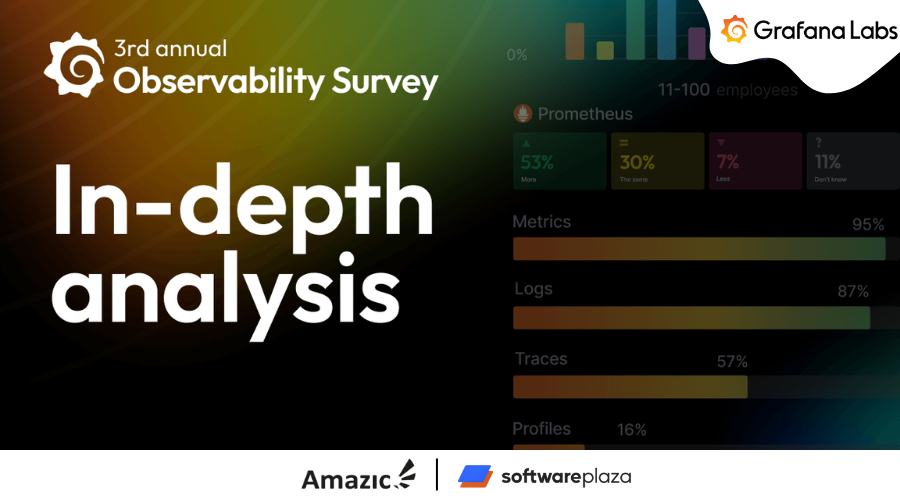OpenAna has launched Ana, the world’s first fully autonomous AI/ML engineer. Unlike other AI tools that help with coding or analysis, Ana manages the entire machine learning lifecycle – from problem understanding and data handling to model deployment and continuous improvement.
Built on OpenAna’s proprietary Synapse Fusion™ architecture, Ana is a game changer in the AI space. According to the company, this innovation allows Ana to not just automate tasks but also reason, adapt, and innovate like a human engineer.
From idea to innovation
The idea behind Ana was born out of the frustrations faced by OpenAna’s co-founders, Arsh Anwar and Rajiv Sondhi. Arsh, who is both CTO and a self-taught engineer, noticed that current tools can assist developers but lack the ability to make complex decisions on their own. Motivated by the need for a smarter, more autonomous solution, he started designing Synapse Fusion™, the cognitive framework that enables Ana to act like a true engineer.
With Rajiv, a veteran in business and technology, they built Ana to redefine how AI integrates into modern development environments. Their vision was to create a system that not only executes instructions but also understands context, adapts to change, and ensures security – all on its own.
The tech behind Ana
At the heart of Ana is Synapse Fusion™, a cognitive engine that can think across multiple domains like AI/ML, DevOps, and cybersecurity. This allows Ana to build machine learning pipelines, fine-tune models, and manage cloud deployments, all without human intervention.
Ana is also supported by the Echelon Network, a layered framework of six core components. These are:
- The Pantheon: A mixture-of-experts system that delegates tasks to specialized AI personas.
- The Episodic Engine: A memory system that retains historical data, project decisions, and enterprise-specific knowledge.
- The Heuristic Weaver: A real-time intelligence engine that pulls in research, threat data, and best practices.
- The Matrix: A continuous learning module that adapts Ana’s models using performance feedback and external research.
- The Gate: A security layer that filters every action through threat detection and compliance checks.
- The Nexus: An integration hub that connects Ana to platforms like GitHub, Jira, and various cloud services.All of this.
Impact on industry and development
Ana will have a big impact on software development, especially in AI and ML areas. Ana can do routine and complex tasks without human input, so development cycles are faster, and no need for large engineering teams.
For enterprises, Ana means more productivity with high security and compliance. OpenAna believes Ana’s ability to detect bias, ensure data privacy, and meet regulatory standards makes it very valuable in sensitive or high-stakes applications.
Moreover, Ana’s autonomy means startups and smaller companies can compete with bigger companies by reducing the cost and time to build robust ML systems.
With Ana, OpenAna is not just offering a tool but a glimpse into a future where AI evolves from being an assistant to a true engineering partner. We see this as the start of a bigger transformation where autonomous systems work alongside humans to accelerate innovation across industries.






